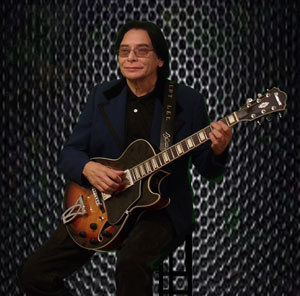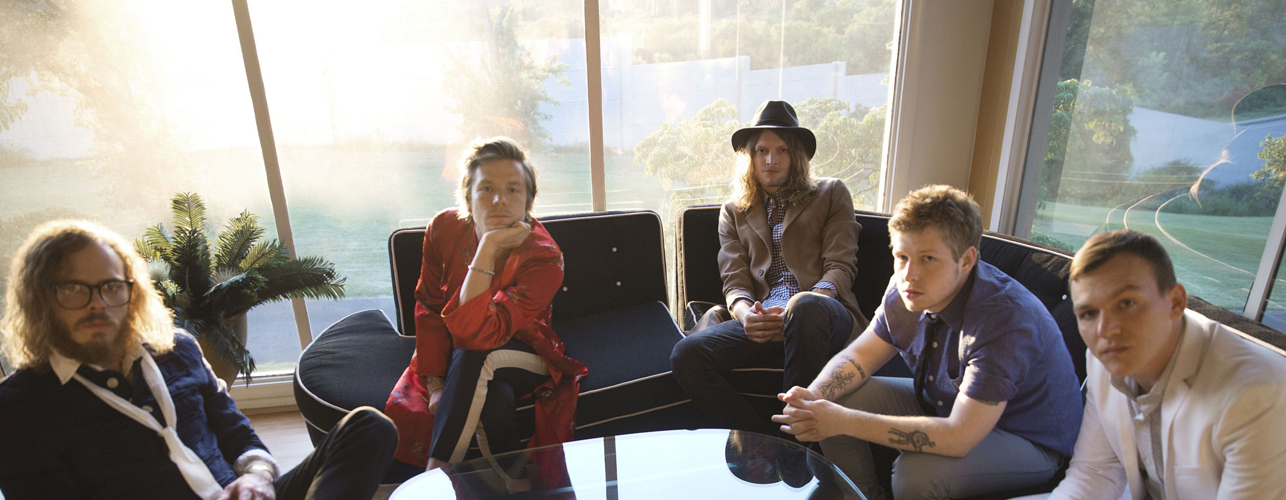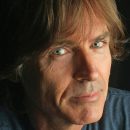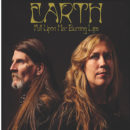 Bobby Balderrama Question Mark & the Mysterians
Bobby Balderrama Question Mark & the Mysterians
Contact: Amy, associatedmichiganrecordings@gmail.com
Guitarist Bobby Balderrama is one of the founding fathers of the proto punk/garage rock movement. From his origins as a mere teen in the mid-‘60s with Question Mark & The Mysterians, to his more contemporary forays into smooth jazz and blues, he has grown exponentially as a player. Currently he has reformed, with the original Mysterians, an instrumental rock act called the Semi-Colons. The group originally recorded a single, produced by Neil Bogart, in the mid-‘60s entitled “Beachcomber.”
What have you done in the past year to become a better musician?
In 1969 I quit Question Mark & the Mysterians. I wanted to keep playing but wanted to learn different styles like jazz and blues. I put a lot of time into practicing and listening to George Benson, Tal Farlow, Chet Atkins and Wes Montgomery. My philosophy is to always be learning and never quit playing.
What do you notice when you hear a recording of yourself from five or 10 years ago?
I did a blues album a few years ago. We did a song by Alvin Lee called “Bluest Blues.” I played a singing guitar style that I really liked. In the ‘80s I would hear these melodic metal guitarists like Steve Vai and Joe Satriani and that’s what I tried to do with that tune.
Have you added any gear that has changed your sound or style?
When I play rock & roll I use my Strat. But when I play smooth jazz I’ve got an Ibanez George Benson-type model. I tried using a full-bodied natural wood guitar. But I had lots of feedback problems because it was hollow. I went and bought a miniature full-size one now and it works great.
Have you had a mentor?
Les Paul and Chet Atkins. I bought Chet Atkins albums to learn how he blended the bass and melody line. Eric Johnson and Joe Bonamassa are some favorites of mine too. You can always learn from everyone because everybody’s different.
What is your most underappreciated quality?
I’ve been playing smooth jazz now for about four years and am still kind of new at it. As a musician there’s always that little doubt in your mind that you’re gonna be looked upon as a rock player who plays jazz, but may not be up to par.
What’s your worst onstage mishap?
I was playing with this band in the ‘70s and the drummer would light his sticks on fire. He kept telling me to try that with the guitar. I played slide, so he attached a wire to the end of my slide and, when he lit the wire, it would burn as I played. I agreed without even trying it. The wire was wrapped in cotton and he soaked it in lighter fluid. He lit it up and there was this big-ass flame! As I played the slide started getting hot. I’m going really fast across the fret board and it flew off my hand into this red velour curtain. The curtain caught on fire and I ran up to the bar and grabbed a pitcher of beer to douse the thing. It was embarrassing!
What was it like having a mega-hit like “96 Tears”?
It was Number One on October 22nd, 1966. We were neck and neck with the Monkees’ “Last Train to Clarksville.” I was just a 16-year-old kid from Saginaw, Michigan. Once I heard it on the radio it was a great feeling! We went on the road and met all these great bands like the McCoys, the Outsiders and Shadows of Knight. We opened for Sonny & Cher and met the Mamas & the Papas. We were just lucky to have a hit. I was more of a fan than an artist.












